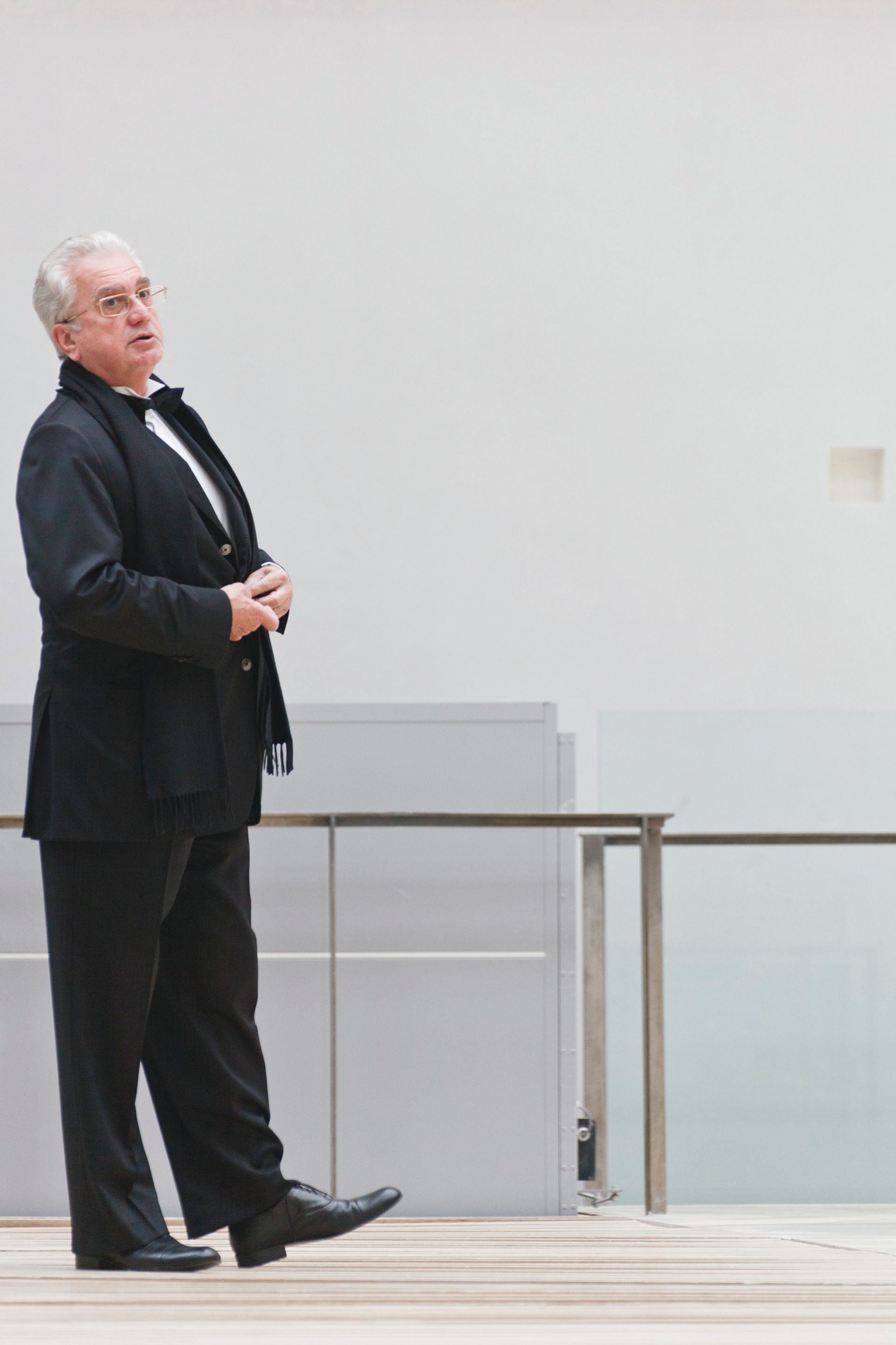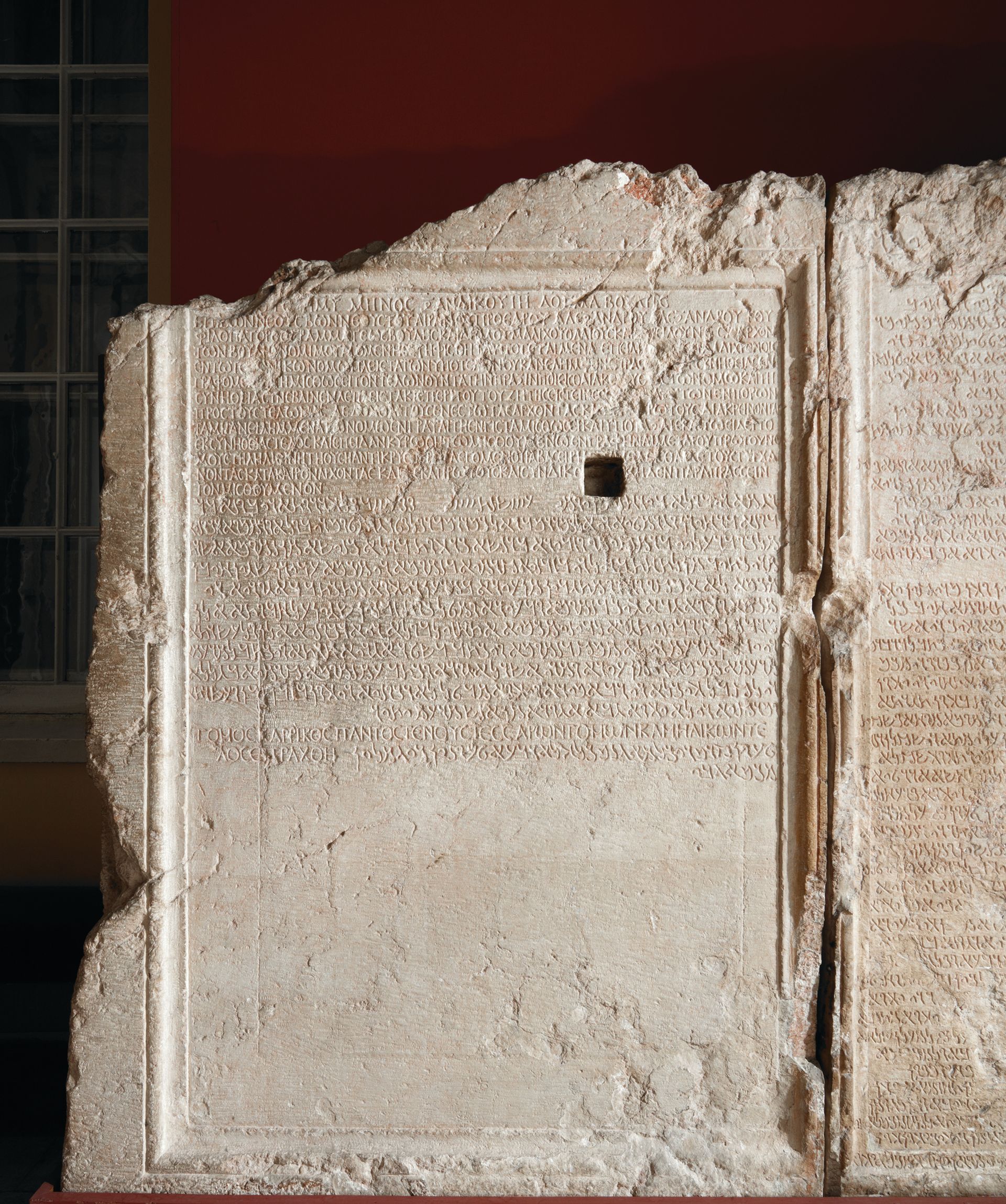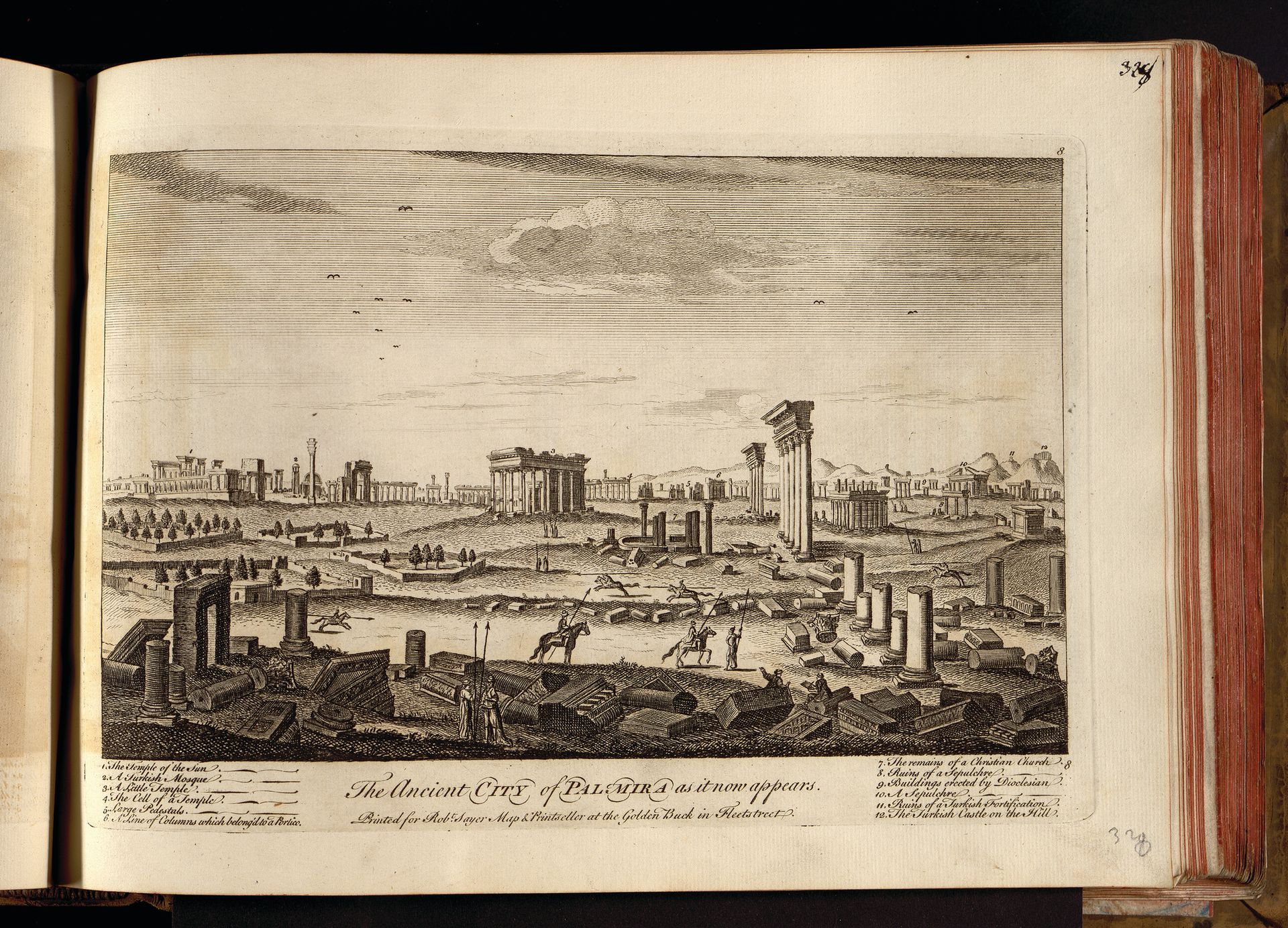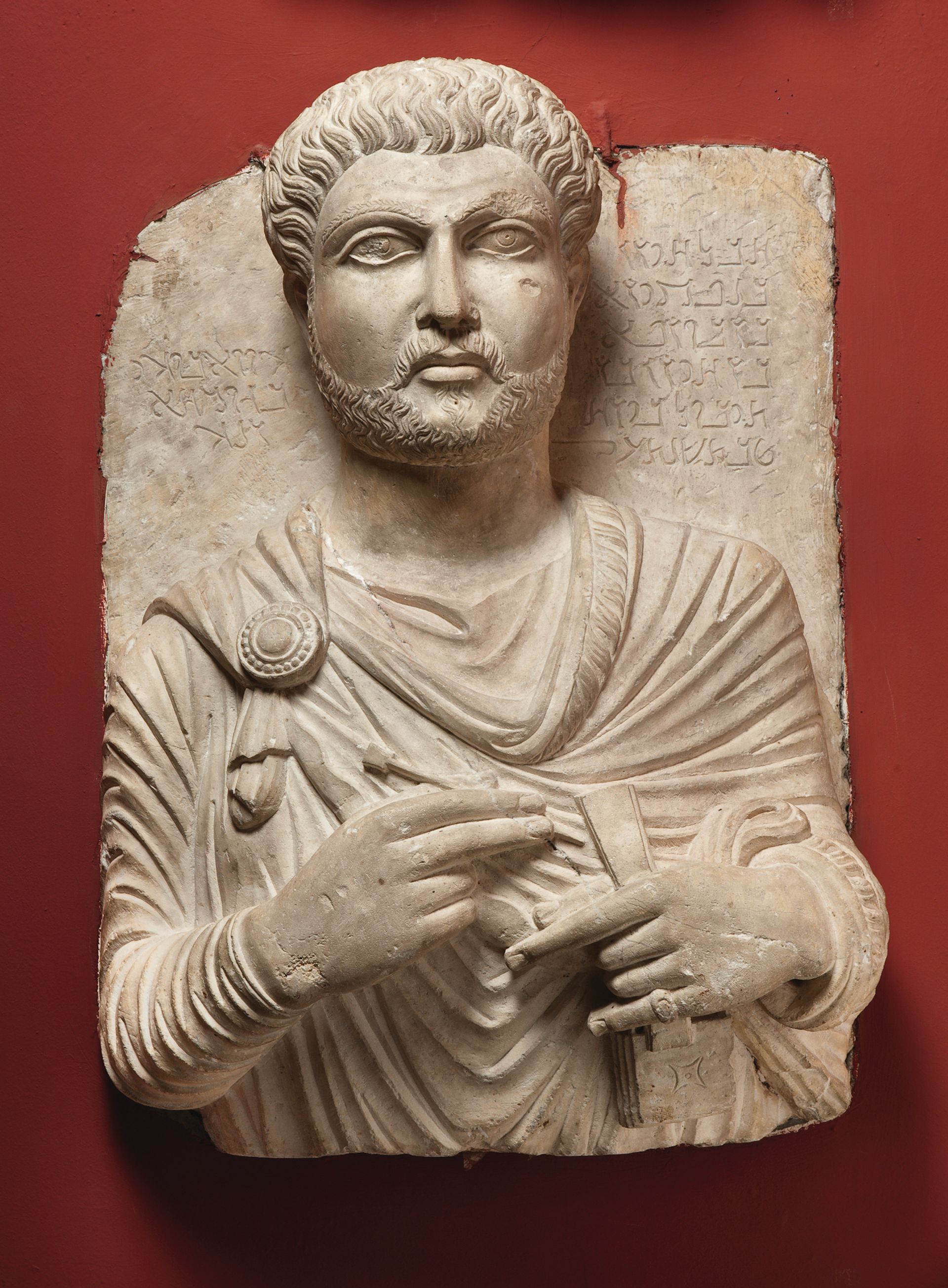Mikhail Piotrovsky, the director of the State Hermitage Museum, says that although the destruction of Palmyra by Isil militants last year could have been avoided, his museum can help to rebuild the ancient city.

Piotrovsky, an expert on the Arab world who first visited Palmyra in the 1970s, told The Art Newspaper in an interview at his office that museums worldwide are preparing “for the moment when it will be possible to recreate Palmyra”. The Hermitage is working with its peers—informally, for now—to gather photographs, engravings and other archival documents that capture the ancient city from every possible angle.
Piotrovsky’s campaign is not limited to Palmyra. He has spoken out about the fate of cultural heritage in Afghanistan, Iraq, Mali and Yemen. “Today unexpectedly, the whole of culture finds itself in danger,” he said at a cultural forum in December.
Next month, the Hermitage plans to hold a Yemen Day, complete with themed displays, film screenings and lectures, to raise awareness of the Yemeni monuments that have been destroyed by Saudi bombing. Fifteen other museums from around the world, including the Louvre, the British Museum and the Metropolitan Museum of Art, plan to participate as well.
An exhibition of photographs of Syria by the Russian photographer Alexander Dymnikov is due to open at the Hermitage in April. The images will be presented alongside a virtual recreation of Palmyra’s lost sites, including the Temple of Bel and the Arch of Triumph.
Many museums are wary of mounting major exhibitions dedicated to Syria’s patrimony, Piotrovsky says. The removal of artefacts from their place of origin remains a sensitive subject. “We could put together a big exhibition from Syria and take it around the world, but everyone will say all the time, ‘the neo-colonisers stole everything’,” he says.
The Hermitage is one of the only museums with a gallery dedicated to Palmyra. Its holdings include a customs tariff and tesserae, all in excellent condition. If the objects “hadn’t been brought in their day from Palmyra to St Petersburg, they would no longer exist”, Piotrovsky says.
Piotrovsky, whose contract at the museum was recently extended by four years, maintains that Palmyra could have been saved. “It’s not a problem to bomb vehicles moving through the desert, but no one bombed them. The Syrians didn’t have enough planes. We [the Russians] weren’t there. And the Americans, of course, didn’t want to because Palmyra was a city controlled by [the Syrian president Bashar al-] Assad. So military decisions intertwine here with non-military ones.”
Piotrovsky has been campaigning for the international adoption of the declaration on the rights of culture, proposed by the late Soviet-era scholar and cultural preservationist Dmitry Likhachev. The declaration advocates the protection of cultural patrimony during military operations and the classification of the destruction of monuments as a crime against humanity.
Cultural heritage has suffered from an endless cycle of violence throughout history, but many today are losing faith, according to Piotrovsky. “Ancient culture was destroyed by Christians—it took the Renaissance to gather it up piece by piece,” he says. “Right now, this understanding of the sacredness of culture is eroding everywhere.”
Piotrovsky believes St Petersburg has a spiritual connection to Palmyra. The Russian city has been described as “the Palmyra of the North” since the 18th century. Both cities “rose up in places where cities don’t usually arise”, he says (St Petersburg, a swamp; Palmyra, a desert). He sees the reconstruction of St Petersburg’s imperial palaces after the Second World War, made possible by the preservation of drawings and other materials, as proof that Palmyra can be rebuilt. “Palmyra is a pure miracle,” he says. His visits there between the 1970s and 1990s were “like a pilgrimage to holy sites… This is living antiquity.”
Highlights of the museum’s Palmyra collection

Palmyrian Tariff
The six-metre long marble Palmyrian Tariff (AD137) documented import and export fees in Greek and Aramaic script. Palmyra was at the crossroads of trade routes linking India, Arabia and Iran. The tariff was found in Syria in 1881 by a wealthy Russian-Armenian explorer. It was given to the Russian Emperor as a gift from the Turkish Sultan, but made it to St Petersburg only after being stuck in Russian customs for two years. It is one of the oldest surviving artefacts from Palmyra.

Etchings of Palmyra
Piotrovsky says that etchings of Palmyra can be used to recreate the historic city. Among the Hermitage’s holdings is a series of etchings of Palmyra’s ruins by an unknown artist, published by the leading British print dealer Robert Sayer in 1756.

Palmyrene Funerary Relief of Hairan
This limestone funerary relief, produced in AD189, entered the Hermitage’s collection in 1914. It previously belonged to the Russian Archaeological Institute of Constantinople.

